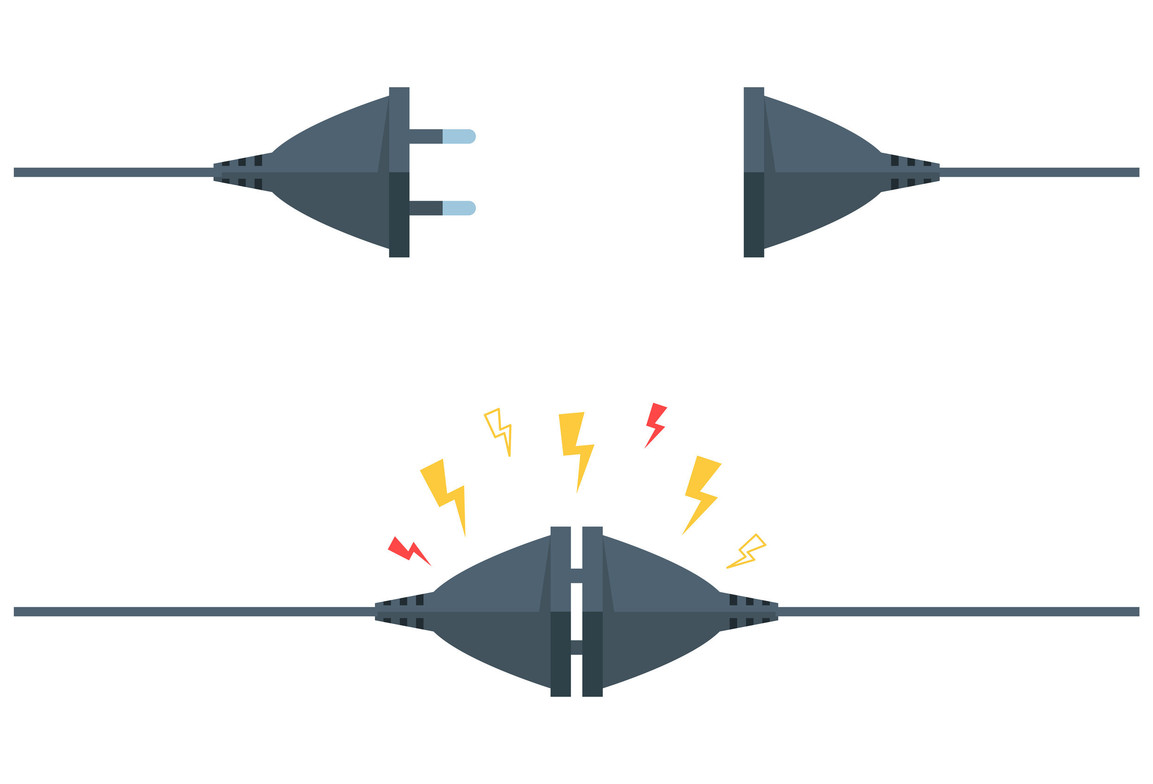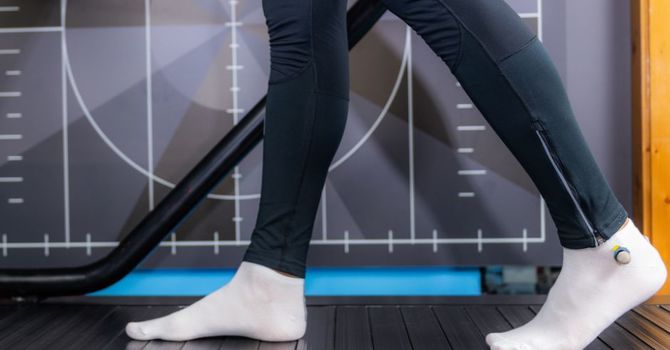
Have you ever wondered how your brain can change and adapt – especially when it comes to healing from pain, injury or stress? The science behind this is called neuroplasticity and it’s a powerful concept that also helps explain how chiropractic care may positively influence your brain and nervous system.
In October’s blog from North Vancouver’s Edgemont Chiropractic Clinic, we will break down:
- What is neuroplasticity?
- Why glial cells are crucial for rain and spinal health
- How chiropractic adjustments may support these processes
- What current research says
What is Neuroplasticity?
Neuroplasticity is your brain’s ability to reorganize itself by forming new neural connections throughout life. It allows your nervous system to adapt to new experiences, learn new information and recover from injuries – even chronic pain.
In simpler terms, neuroplasticity is how your brain “rewires” itself in response to:
- Movement and posture
- Chiropractic adjustments
- Stress and trauma
- Learning and repetition
Scientific Insight: Research shows that sensory input from the spine can influence brain activity, including areas related to movement, focus and pain perception (Haavik & Murphy, 2012)
What are Glial Cells and Why Do They Matter?
Most people thing the brain is made up of just neurons -but in fact, glial cells outnumber neurons by about 10 to 1.
Glial cells help with:
- Supporting and insulating neurons
- Cleaning up toxins and waste
- Regulating inflammation
- Forming the blood-brain barrier
- Assisting in neural repair and plasticity
There are several types, but astrocytes and microglia are especially important for neuroplasticity and pain regulation.
Did you know? Studios have found that chronic pain is associated with overactive microglial cells which can contributed to ongoing inflammation and sensitivity in the nervous system (Grace et al., 2014).
How Chiropractic Care Fits In
Spinal adjustments do not just affect the joints -they also send proprioceptive input (body awareness signals) to the brain, particularly the prefrontal cortex, a region involved in decision making, movement planning and pain modulation.
Chiropractic care may:
- Enhance sensorimotor integration (how the brain processes body position
- Reduce maladaptive plasticity (the “bad wiring” that causes chronic pain)
- Modulate glial activity and inflammation
- Improve the communication between the spine and brain
Clinical studies: Research using functional MRI and EEG shows that chiropractic adjustments can change brain activity – especially in areas responsible for motor control and attention (Lelic et al., 2016; Haavik & Murphy, 2011).
Real-World impacts for patients
Many patients report benefits such as:
- Improved posture and movement
- Reduced pain and tension
- Better sleep and metal clarity
- A sense of balance and coordination
While anecdotal, these experiences align with emerging neuroscience showing that spinal care can influence central nervous system plasticity.
What the Science Says
Here are a few key studies that support the brain-spine connection:
- Haavik & Murphy (2012): Demonstrated that chiropractic adjustments affect sensorimotor integration in the brain.
- Lelic et al. (2016): Showed that spinal adjustments produced changes in prefrontal cortex
- Grace et al. (2014): Reviewed how glial cells contribute to contribute to chronic pain states and maladaptive plasticity.
- Pickar (2002): Showed that spinal manipulation affects afferent input to the central nervous system.
Final Thoughts
Your brain and spine are in constant communication. Chiropractic care isn’t just about relieving back pain – it’s about supporting the neurobiological health of your entire nervous system. By improving how your spine moves and functions, we may also help your brain adapt, heal and thrive.
If you are curious about how your chiropractic adjustments could be influencing your brain healthy, ask Dr. Olson or Dr. Walker more at your next visit. Your body is smarter than you think and we are here to help it reach its full potential.
References:
Haavik H., & Murphy, B. (2012). Subclinical neck pain and the effects of cervical manipulation on elbow joint position sense. Journal of Manipulation and physiological therapeutics, 35 (9), 686-693.
Lelic, D., Niazi, I.K., Holt, K., et al. (2016). Manipulation of dysfunctional spinal joints affects sensorimotor integration in the prefrontal cortex: A brain source localization study. Neural Plasticity, 2016.
Grace, P.M., Hutchinson, M.R., Maier, S.F., & Watkins, L.R. (2014)Pathological pain and the neuroimmune interface. Nature Reviews Immunology 14(4), 217-231.
Pickar, J.G. (2002). Neurophysiological effects of spinal manipulation. Spine Journal, 2(5), 357-37il newsletter.
Dr. Christopher Walker
Contact Me


